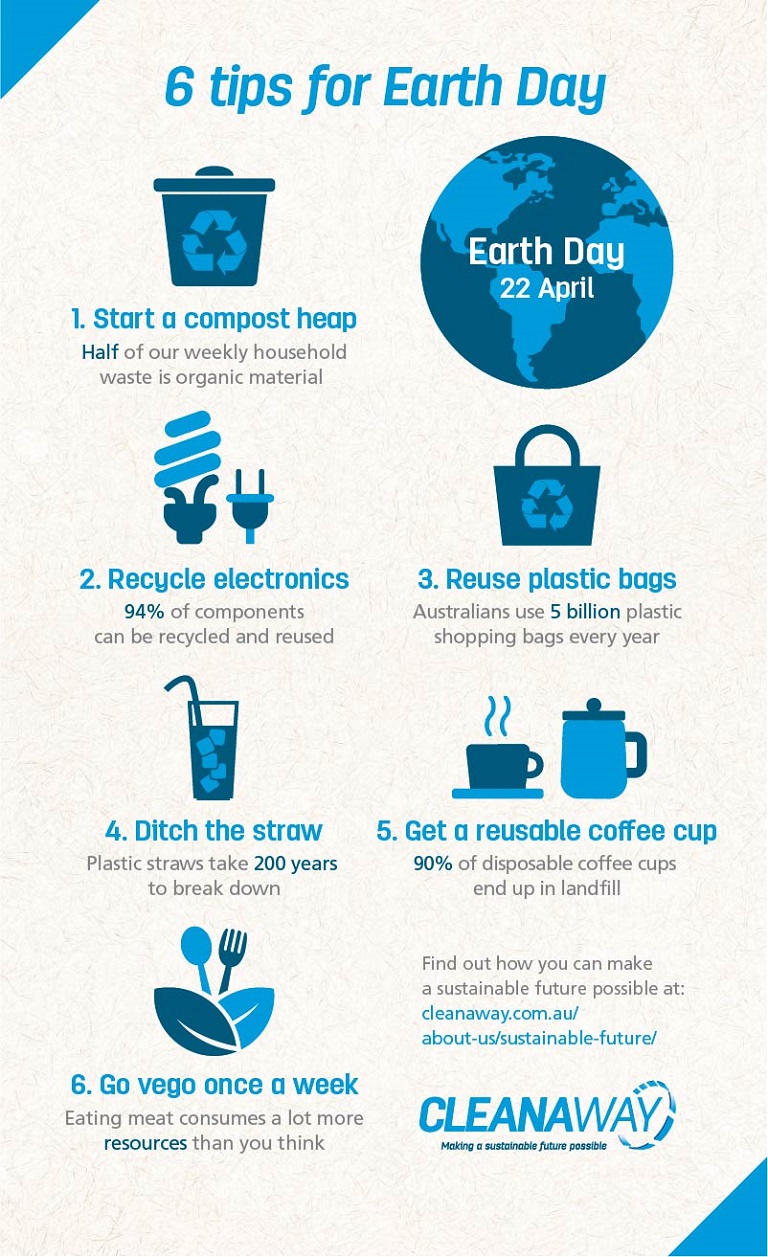Doing a nude food Plastic Free July pledge is a straightforward and tasty challenge. All you need to do is avoid plastic packaging for your food. This means no individually wrapped snacks, no Glad Wrap, no plastic bags, and no single-use packaging. Here are a few tricks for completely nude food this July:
Get organised
Success during Plastic Free July involves a little bit of organisation – but the pay-off is big. Sort out your Tupperware drawer, round up a few recycled glass jars, and start a shopping list. By the time you’re done you’ll be really winning at life with a tidier kitchen, a cost-effective meal plan and on track to making a sustainable future possible.
Cook up a storm
Staying out of the take away shop at lunch time means getting busy in the kitchen on Sunday, or making enough for leftovers. It’s a great time of year for soups, stews and pastas which all travel well in Tupperware and heat up quickly in the office kitchen. Added bonus? You’ll save $10-$15 dollars a day on bought lunch, and you might even shave a bit off your waistline with better portion control and healthier ingredients.
Become a lunchbox legend
School lunchboxes are perfectly designed to protect food en route. Whip up a batch of muffins to fill that space between the apple and the trusty ham and cheese sandwich.
Short on time? Not a whiz in the kitchen?
Stop into the local bakery for a couple of snacks in a paper bag and freeze them. Pop them in the lunchbox in the morning and they’ll be thawed and ready to go by lunchtime.
Go back to basics
Nature’s best snacks come completely plastic free, and they travel well too. Stock up on apples, bananas, carrots, celery and cucumber at the beginning of the week for easy snacks all week long. Keep things interesting by bringing some peanut butter in a glass jar, or pack homemade dip in your Tupperware.
Shop local and skip the plastic
Plastic Free July is a great opportunity to try new things, especially when shopping for the family. Visiting the local farmer’s market is a great way to get the freshest produce in season and go plastic free by bringing your own bags and containers.
Reuse and recycle existing packaging
Reuse your glass jars to store grains, nuts and other whole foods. Plastic containers from takeaways, deli items or finished food are great for transporting your lunch and snacks for work. Retrieve your Keep Cup and water bottle from the back of the cupboard, and start getting into the habit of bringing them with you to work and school.
Remember, when it comes to Plastic Free July, there is no such thing as failure. The Nude food pledge is a tasty opportunity to rethink the role of plastics in our lives. It’s small a change in mindset with a big impact on the health of the planet, and ourselves.
Contact us today to find out how we’re making a sustainable future possible.


